Low carb diets are more popular than ever. When trying to figure out what might work best to help you lose weight, everywhere you turn you’ll find another health guru promoting a new and improved low carb diet with a clever twist.
The Dukan diet has been around now for decades. Dr. Pierre Dukan, a former French general practitioner, dietician and nutritionist, devised the diet plan when he sought to help a patient suffering from obesity lose weight. Once he realized he’d stumbled onto something that appeared to produce results, he began to market it.
He released a book called The Dukan Diet in 2000, which led to widespread popularity in France and parts of Europe, but it wasn’t until 2011 that the United States got an English translation. Since then, countless people have tried it and many have shown off some apparently amazing results.
Something tells me we need to delve further into this. Let’s do it.
- What Is The Dukan Diet?
- The Four Phases Of The Dukan Diet
- Does The Dukan Diet Help You Lose Weight?
Table of Contents
+What Is The Dukan Diet?
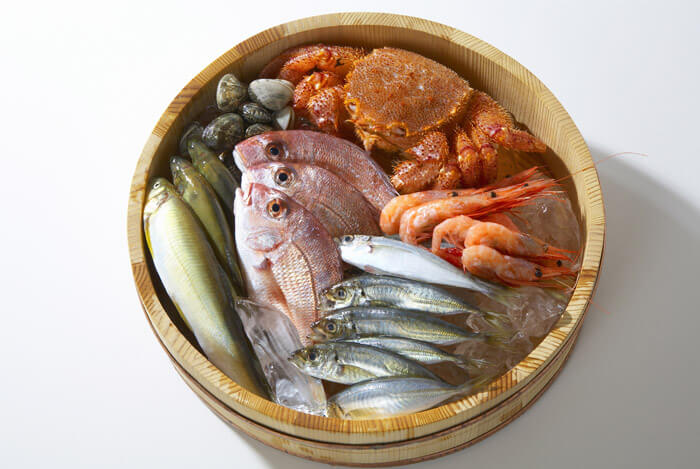
The Dukan Diet is a controversial diet protocol built around 4 distinct phases designed to give dieters a set of rules to abide by. This structuring is supposed to take away the confusion of self-regulating where so many people end up failing in their diets.
While the Dukan Diet’s protocol of low carb, high protein dieting may seem familiar, especially to people who have read up on the paleo diet, it’s the rigid model of execution that differentiates it.
Unlike other popular low carb diets, it is strictly low fat. So, say goodbye to bacon. There’s also no counting of calories, and no encouragement to buy protein shakes or nutrition bars. What you eat is supposed to be purely natural, without any gimmicky weight loss-oriented products.
It’s Pierre Dukan’s claim that you can eat an unlimited amount of food at every meal (as long as you choose foods from his list of approved foods) that draws so many people in to trying the diet for themselves.
The Four Phases Of The Dukan Diet
1. The Attack Phase
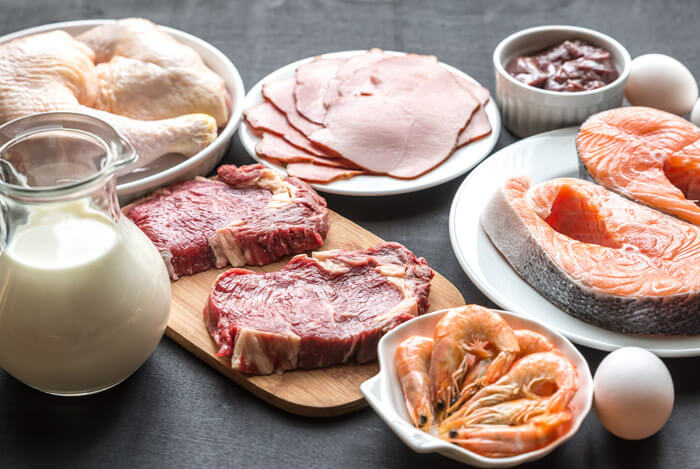
Well, that certainly sounds dramatic.
The first phase of the Dukan diet is supposed to lead to rapid weight loss – thus the attack.
The body flirts with entering the state of ketosis in this stage, similar to the method of Induction Phase on the Atkins diet. In ketosis, the body burns fat rather than the glucose usually provided by the ample carbs typically found in a regular diet. Ketogenic diets that take advantage of this natural bodily function for weight loss have been popular since the early 1900s. The Dukan diet is loosely based upon these principles.
During the Attack Phase, all you’ll eat is lean protein – unlimited amounts of it. You don’t have to worry about keeping track of calories or spreading it out evenly throughout the day, just go to town. While it probably wouldn’t hurt to be somewhat mindful of these things, it’s not necessarily required.
The only real restriction on your protein intake is that whatever you find to eat must be low in fat. This is what really sets the Dukan diet apart from other contemporary diet programs.
High protein, low fat foods include:
- Fish and shellfish
- White meat skinless poultry
- Lean beaf and veal
- Eggs
- Soy
- Some dairy
For other delicious protein packed foods, check out this article.
Also recommended is 1.5 tablespoons of oat bran, your only source of carbohydrates other than the incidental carbs found in other foods. You should also drink around 6 to 8 cups of water, or 1.5 liters a day.
2. The Cruise Phase
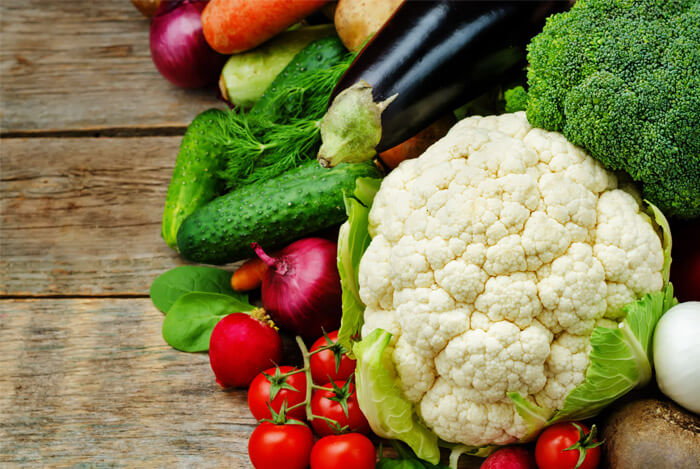
This phase is all about determining and reaching your ‘ideal weight’.
During the Cruise Phase, your diet expands to include a variety of vegetables, while still maintaining the high protein foods, the oat bran, and the large quantities of water you were eating before. In this phase, you’ll alternate between days of eating high proteins along with green and cooked veggies, and returning to only high proteins on other days.
The only stipulation about the veggies you may now happily consume is that they must be non-starchy. In other words, no potatoes, corn, or peas. A short list of vegetables that are okay include green beans, okra, celery, asparagus, mushrooms, onions, broccoli, sprouts, tomatoes, salad greens, peppers, cucumbers, etc. For a full list of non-starchy vegetables, check out this link.
For someone looking to lose 5-10 pounds, a 1/1 rhythm of veggies and proteins one day, proteins only the next day is fine. If you have a lot more weight to lose (in the 20-40 pound range), you could increase up to a 5/5 alternation.
3. Consolidation Phase
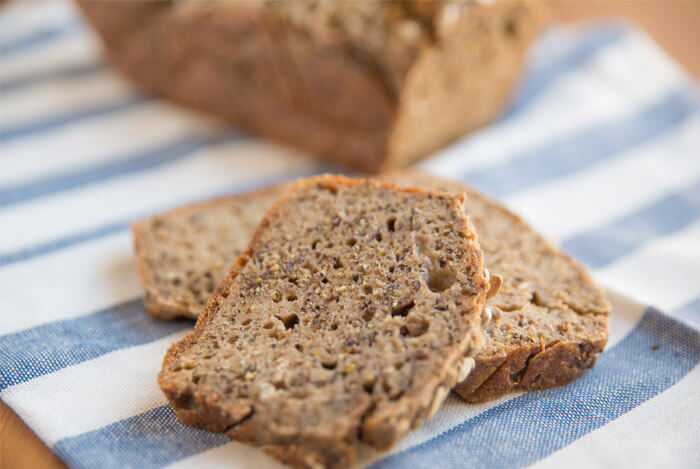
According to Dukan, by the time you enter this phase you should have already lost the weight you intended to drop during the first two phases. The Consolidation Phase marks a sort of transition phase between the strict diet regimen you were on before, and the eventual return to normal eating habits. You should remain in this phase for 3-5 days for every pound you lost in the previous stages. Get it?
Here’s where all of that hardcore dieting pays off. The Consolidation Phase allows you to reintegrate some of the foods you probably missed back into your day. Those starchier foods can start to come back, as long as you don’t let yourself overdo it.
The Dukan diet website acknowledges that after such a strenuous period of dieting during those first two phases, you could enter a ‘rebound’ period.
The Consolidation Phase is designed to account for this by “gradually returning previously forbidden foods in limited quantities” and eventually introducing “celebration meals”. Now you can eat a single fruit a day, a piece of cheese, and even 2 slices of dry whole grain bread if you’d like.
And yes – your celebration meal can include dessert and even a glass of wine.
4. Stabilization Phase

The Stabilization Phase is where everything returns to normal. Sort of.
Once you’ve entered this stage, there are some “simple but non-negotiable rules” you’re required to follow.
- Consume 3 tablespoons of oat bran per day. Dukan really likes the oat bran.
- Take the stairs whenever there are stairs to be taken. Don’t cheat and take the escalator. Or, if you do, climb it; you’ll get to the top twice as quickly.
- Have one day a week (Dukan recommends making it Thursday) where you have a return to the Attack Phase diet. All proteins, all day.
Because you’ve been released from the shackles of strict guidelines, you may find yourself returning inadvertently to that old unhealthy lifestyle you lived before. That’s why the Dukan Diet website has provided dieters with Stabilization Coaching to instruct them how to live healthier, permanently.
This phase is more of a general recommendation for continued health rather than a continuation of the program. It’s up to you, the dieter, to treat your body well if you’re to keep the weight off.
Does The Dukan Diet Help You Lose Weight?
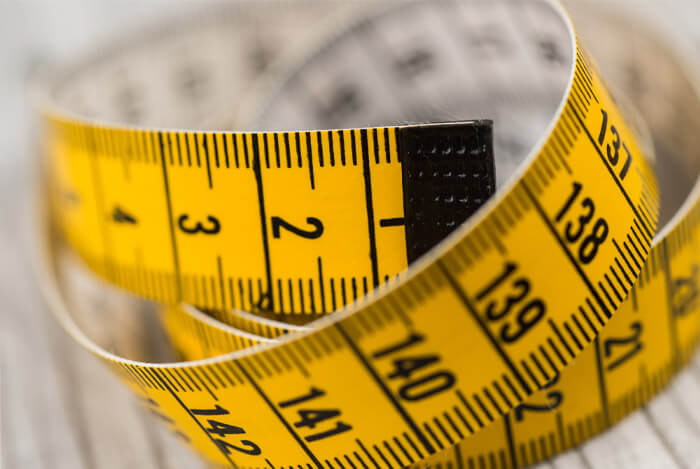
As there are with all diets deemed ‘fads’, critics of the Dukan Diet can be found everywhere. Virtually every diet in existence has some form of criticism to be leveled against it, some negative health effect to be found. Many for good reason.
This normally does nothing to dissuade thousands of people from trying it out for themselves. But in the case of the Dukan Diet, should people be more careful?
The British Diabetic Association has slammed the diet as being “ineffective and without scientific basis”.
And to be honest, they’re probably right. There’s very little evidence The Dukan Diet is any better than the other countless low-carb varieties out there.
When you lay it bare, it’s just another way to try to get people to eat fewer calories by imposing rules instead of tracking their diet or meal planning.
On top of it all, Dukan himself has been banned as a doctor in his native France and accused of ethical violations. That’s pretty damning.
I recommend you stick to a more sustainable approach.










